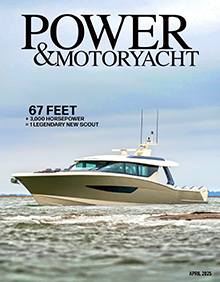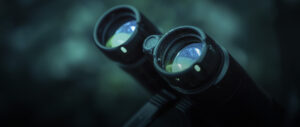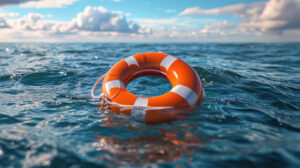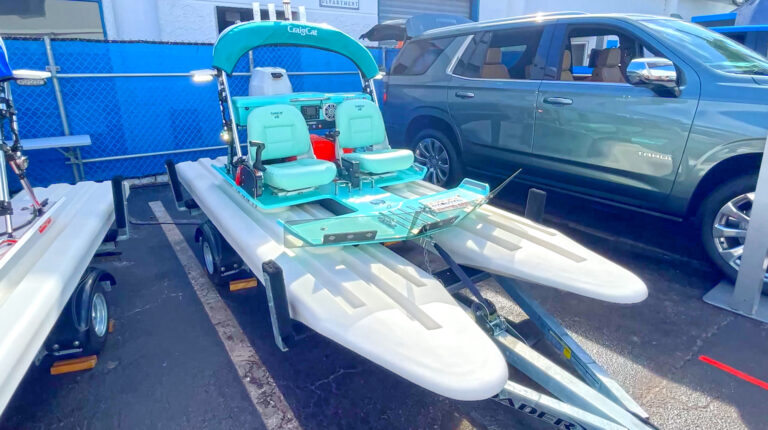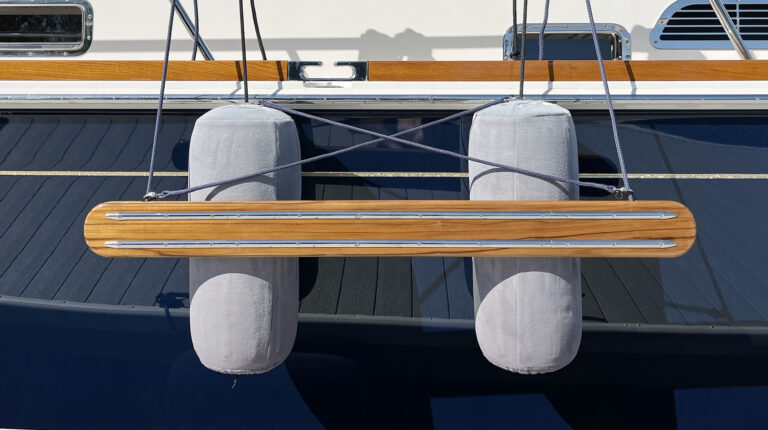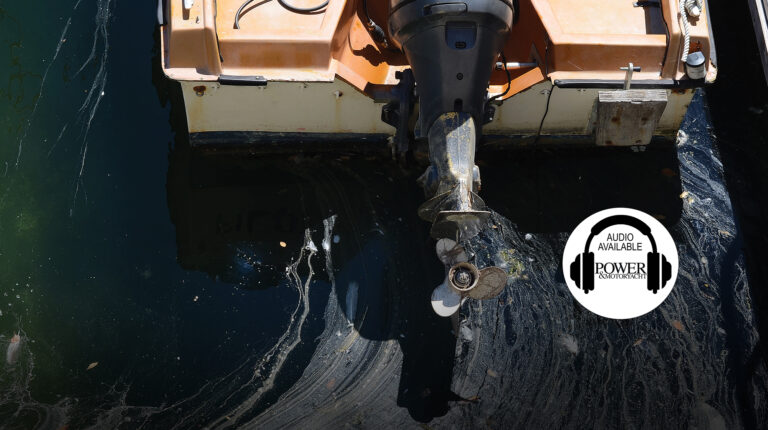See the Light
LED-powered distress signals are quickly replacing flares. But are they as effective?
If you see someone in a nearby boat waving a flare or smoke signal, there’s little question what they’re after—you know immediately they’re trying to get your attention. The question is, would you notice someone waving an electronic flare in the same manner?
A marine police officer in a busy city harbor recently asked himself the same question when contemplating the purchase of an electronic signal device for his own boat. His concern stemmed from years of locating distressed boaters at night, and the difficulties therein—especially with the lights of the city in the background.
His personal (albeit unscientific) test concluded that most boaters do not recognize the SOS signal. The officer positioned his boat in the center of the harbor at dusk on a clear evening and stayed there until dark. He held his electronic distress signal by hand while standing near the bow of his 26-foot center console. Not a single nearby boater responded to his faux emergency.
Hailing the Coast Guard and other rescue personnel can be the difference between life and death in an emergency, but, more often than not, it’s our fellow boaters who come to our rescue. All boats are required to carry day and night distress signals, which have been historically pyrotechnic smoke signals and flares.
Pyrotechnic devices work extremely well for drawing the attention of others, but a burning device on the deck of a boat can be dangerous, or just plain ineffective if it’s past the expiration date. That’s why more and more boaters are opting to carry new electronic signals in place of pyrotechnic ones.
Quickly—what are the characters for SOS in International Morse Code? Don’t feel too badly if you don’t know the answer. Few boaters today have the “dot-dot-dot, dash-dash-dash, dot-dot-dot” Morse Code characters committed to memory, and unfortunately, even fewer would recognize them if seen flashed in a pattern. However, this would be required in order to interpret a fellow boater trying to get your attention using a recently approved electronic visual distress signal.
According to the Coast Guard, in order for an electronic visual distress signal to be a legal substitue for flares it must be marked with the statement: “Night visual distress signal for boats—complies with U.S. Coast Guard requirements in 46 CFR 161.013—for emergency use only.” It must also be marked with the manufacturer’s name, replacement battery type and lamp size.
The waterproof device must also last for 60 continuous hours, be visible for at least 10 nautical miles, flash only an SOS sequence and float lens-up. And lucky for the forgetful types, it doesn’t expire. There are currently only two devices on the market that meet these requirements, but there are surely more to come. They are a logical replacement to pyrotechnic signal devices for night use, however their success depends on our ability to recognize their use and willingness to offer assistance.
A white light flashing the SOS pattern of three short flashes, three long flashes and three short flashes in an immediate sequence is a request for help. Be on the lookout for these increasingly important safety devices while on the water.
The best bet to get help in a hurry might just be a belt-and-suspenders approach: carry a combination of old-school, traditional flares and new-school electronic ones. That’s a surefire way to get their attention.
Safety & Rescue at Sea
Boaters University’s curse, “Safety and Rescue at Sea” is replete with practical tips for dealing with emergencies on the water, but the most valuable insights it offers are about preparation and evaluating risk. Knowing how to prepare and how to parse danger create a boating environment in which crises are far less likely to happen, and if disaster does strike, the course will have prepared you to cope more effectively.

